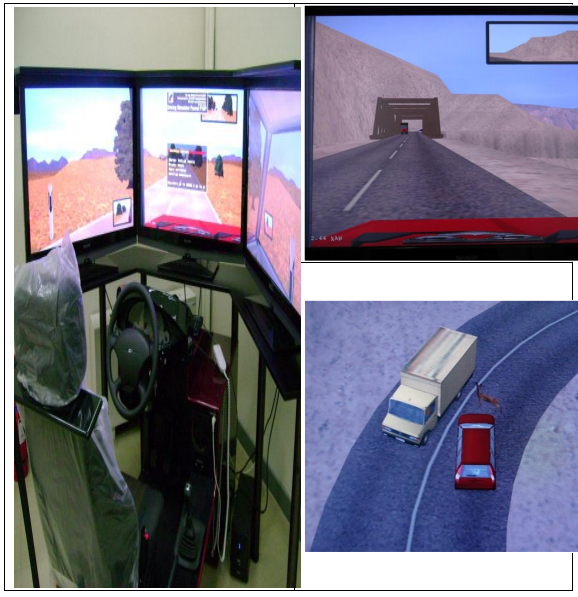
Driver distraction constitutes an important factor of increased risk of road accident worldwide. While human factors in total are the basic causes in 65-95% of road accidents, recent research indicated that 30% of drivers that were involved in a road accident reported some source of distraction before the accident occurred. Furthermore, the penetration of various new technologies inside the vehicle, and the expected increase of use of such appliances in the next years, makes the further investigation of their influence on the attention of drivers, on traffic flow and on road safety very essential. The purpose of this study is to provide a comprehensive picture of the impact of driver distraction regarding mobile phone use on road safety, as well as to propose specific countermeasures. On that purpose, a review of existing studies on the effect of mobile phone while driving was carried out, followed by the presentation of recent research findings from NTUA experiments and the proposal of the respective compensatory strategies against driver distraction. Driver distraction factors can be subdivided into those that occur outside the vehicle (external) and those that occur inside the vehicle (in-vehicle), some of them from communication technology appliances. More specifically, regarding mobile phone use (talking on the phone, texting, navigation, etc.), a range of studies have shown that the use of mobile phones has adverse consequences on driver‟s behaviour and the probability 2 of being involved in an accident. However, the quantification of these consequences varies considerably depending on the type of user, of the road environment, of the device interface, etc. Furthermore, results of related research in Greece (in-vehicle observations, field observations and simulator experiments) confirm that mobile phone use results in increased accident risk, especially when unexpected incidents occur. Research results suggest that mobile phone use may be the most important invehicle distraction source for drivers. Drivers using their mobile phone while driving present up to 4 times higher accident risk. Moreover, many studies have found that conversing on a handsfree phone while driving is no safer than using a hand-held phone while others indicated that drivers were particularly impaired when sending text messages (and somewhat less when receiving). Measures against driver distraction may include focused enforcement of traffic rules, driver awareness campaigns, and driver training and education, especially for high-risk groups (e.g. novice drivers, frequent offenders etc.). Technology improvements towards more ergonomic design of in-vehicle devices are rapidly progressing; however the related safety effects are to be validated. Future research should focus on mobile phones use, the analysis of separate impacts from the various distraction factors, as well as the combined effect of all distraction factors, and on the link between distraction, associated driver behaviour and accident risk.
| ID | pc185 |
| Presentation | |
| Full Text | |
| Tags | driver behaviour, driver distraction, driving simulator, statistical modelling |













